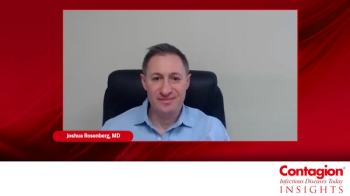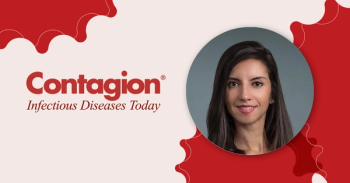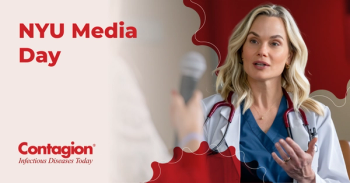
Lowering National Prevalence of HAIs Requires Shifting Focus from Acute Care
Nicola Thompson, PhD, Epidemiologist, Division of Healthcare Quality Promotion, Centers for Disease Control and Prevention (CDC), explains that, in order to decrease the national prevalence of HAIs in the United States, we can’t just focus on acute care settings.
Nicola Thompson, PhD, Epidemiologist, Division of Healthcare Quality Promotion, Centers for Disease Control and Prevention (CDC), explains that, in order to decrease the national prevalence of HAIs in the United States, we can’t just focus on acute care settings.
Interview Transcript (slightly modified for readability)
“We have made great steps forward in the last several years in terms of preventing infections in the United States. A lot of that attention has gone to acute care hospitals, where there has been long-standing infection surveillance infrastructure. There have been people who are dedicated to performing infection prevention and surveillance activity. So, a lot of the strides that we have made occur in acute care hospitals, and that can be seen by the metrics that are part of the HHS [US Department of Health and Human Services] action plan for preventing infections in acute care hospitals, where good progress has been made.
But I think what we have come to realize is that the transmission of infections, and the epidemiology of HAIs in the United States, doesn’t occur in isolation. A big part of the puzzle is what happens in these other healthcare settings that are not part of acute care, and a big piece of that is nursing home care. There are [more than] 15,000 nursing homes in the United States, [and] about 1.4 million people receiving nursing home care on a given day. We know that there’s a lot of sharing of patients from the acute care setting and transferred to care in the nursing home setting, and back from nursing homes to acute care.
The work that we’d been doing more recently at the CDC has really indicated that there’s a need to understand the whole picture, if you want to prevent infections nationally, and really move these numbers in the right direction.”
Newsletter
Stay ahead of emerging infectious disease threats with expert insights and breaking research. Subscribe now to get updates delivered straight to your inbox.



















































































































































































































































































